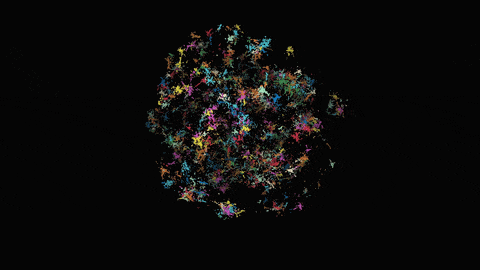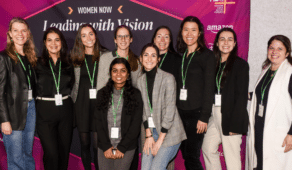Dstillery Predicts Summer Travel Trends… Behind the Scenes
Can the data that brands use to discover new customers and drive growth be used to accurately predict where travelers are heading on vacation this summer? In this installment of our Dstillery Predicts series, we use people’s travel accommodation preferences to predict travel intention.
One of the great things about working at Dstillery is that we have massive amounts of data and we often turn to our data to test a hypothesis and satisfy our curiosities. This time, we wanted to know the behaviors that were unique to people who were considering different accommodations for their vacations and see how we, as consumers, stacked up.
Start with quality data and a question
Understanding our data and what it’s capable of allows us to ask pointed questions. This analysis started with two audiences: people who visited a set of rental home websites and those who visited a set of hotel websites. We dove into the data to answer the question: what behaviors are unique to people considering booking hotels vs rental homes?
Use data science to reveal consumer segments
At Dstillery, we’ve developed and tested a process that segments an audience based on related behavioral patterns to reveal different aspects of an audience. Brands use this Audience Mix Analysis to identify high value consumer segments, and then extract insights on how to best engage with each segment. We used this same process to dissect the two audiences in our analysis.
Before we can look at a specific audience, we need to talk about the internet.
All digital signals in our system can be attributed to devices. To describe which groups of devices within an audience exhibit online behavior that is highly similar for devices within that group–and highly dissimilar between devices in different groups–we first used neural networks to create a multidimensional map of the internet.
Within this map, websites that are visited in close succession by thousands of devices will be close to each other, while websites that are rarely visited by the same devices are far from each other. For example, on the map of the internet, websites that are visited while browsing with a family mindset, such as home cooking blogs and children’s clothing brands, will be clustered close to each other, while family content will be far from a collection of websites with professional content, such as information about accounting or investing.
To find behaviors unique to people considering booking hotels, we place each device’s content from the selected audience on this map. Using a hierarchical clustering algorithm, a segment of devices that were visiting hotel websites for planning a family beach vacation is distinguished from a segment of devices that also visited hotel websites but for business travel. Devices are exclusive to a single segment once grouped – meaning, the algorithm creates unique segmentations of an audience.
Consider all facets of an audience
In this analysis, we summarized the consumer segments’ interests and preferences into recognizable personas. The results bring to light personas that brands may not have anticipated in the audiences of people looking to book rental homes or hotels. Brands can maintain market share by aiming to engage with familiar personas, but they can really grow by considering the subtle signals that differentiate their consumers.
Are travel brands aware of the Getting Off the Grid persona’s exceptional interest in rental homes? Do hotels have messaging and promotions that resonate with Executive Travelers? Listen to the podcast for explanations of these and other personas we found for people considering rental homes and hotels, and hear our predictions of where they’re headed this summer. From what we can tell, Washington DC will be flooded with tourists staying in hotels, while rental homes in South Carolina beach towns will be all booked up.
Dr. Reka Daniel-Weiner is a Senior Data Scientist and the pioneer of this clustering technology. Dr. Amelia White is a Senior Data Scientist and inventor of the Map of the Internet. Alyssa Bianco is a Data Analyst on our Data Science & Analytics team who used this technology to predict summer vacation trends. Ask how other verticals have gained insights from segmenting their audiences: analytics@dstillery.com



